How To Get Views On YouTube Shorts? Your Ultimate Guide
Jan 16, 2026

Jan 16, 2026

Jan 16, 2026

Jan 15, 2026

Jan 15, 2026

Jan 15, 2026
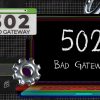
Jan 14, 2026

Jan 13, 2026

Jan 13, 2026
Sorry, but nothing matched your search "". Please try again with some different keywords.

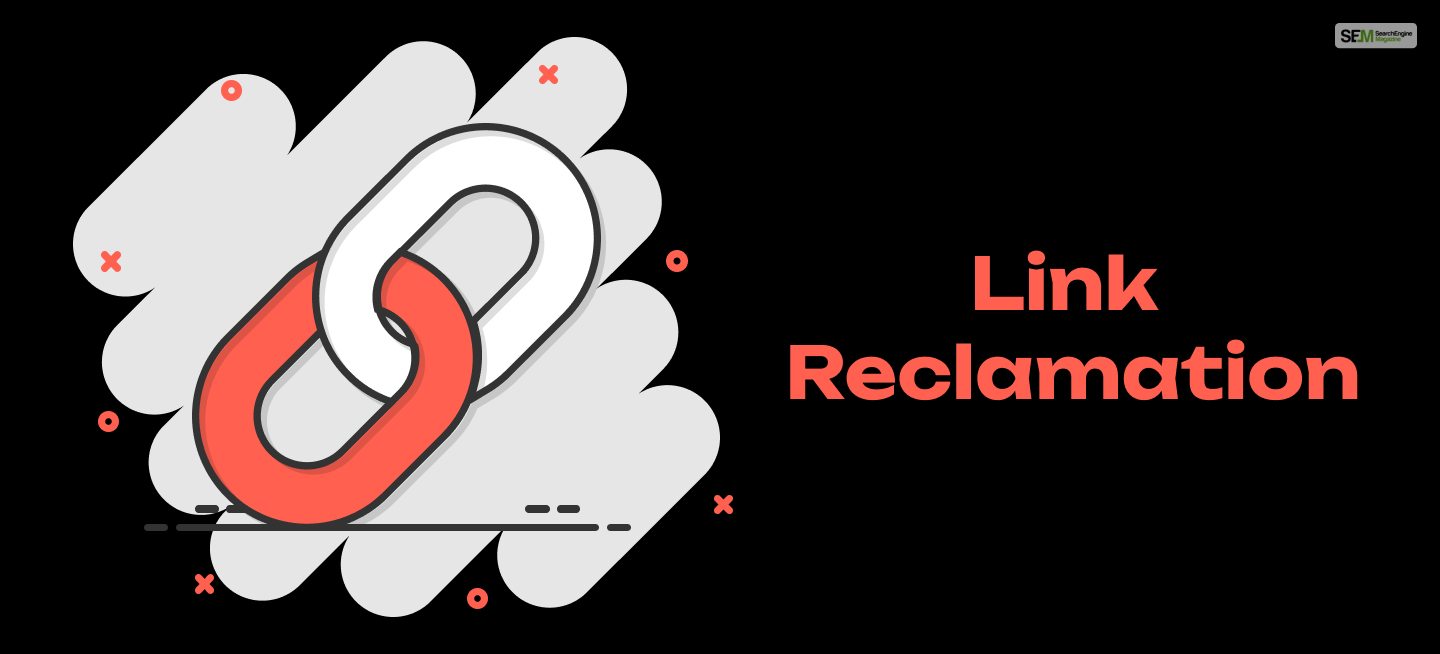
Link reclamation is the process of finding and fixing broken or lost links that point to your website. It’s an important SEO strategy that can help you recover lost traffic, improve your site’s authority, and boost your rankings.
Broken or lost links can happen for various reasons, such as:
When these links are broken or lost, you are missing out on valuable link juice. Here, link juice is an SEO term for the authority and relevance that a link passes to your site.
Therefore, link juice helps your site rank higher for your target keywords and attract more organic traffic.
Therefore, read this post to learn more about link reclamation. Moreover, you will learn the benefits of restoring the link juice that you have lost for your site’s SEO.
There are several tools and methods that you can use to find broken or lost links to your site. The best link reclamation tools are
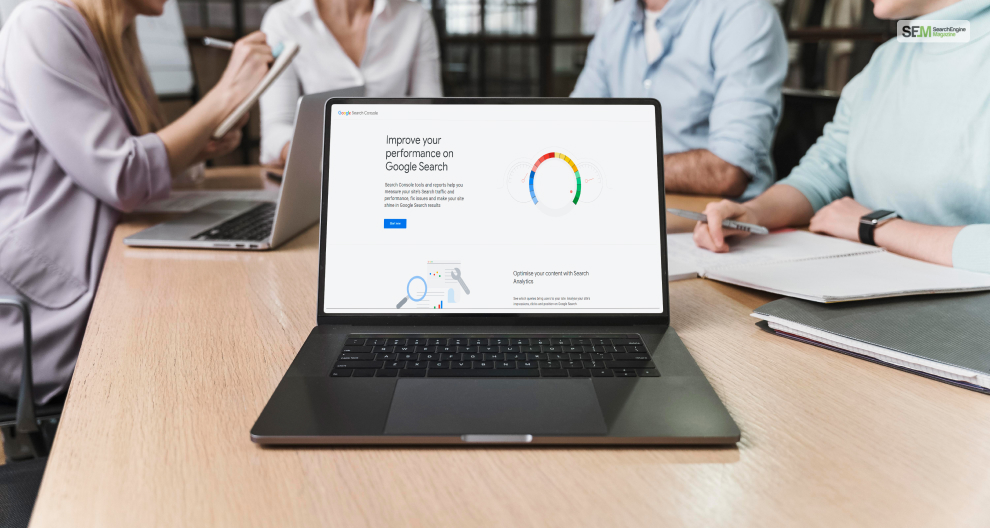
This free tool from Google helps you monitor and optimize your site’s performance in Google Search. You can use it to find broken links to your site by checking the Coverage report under the Index section.
This report shows you the pages on your site with errors or warnings, such as 404 (not found) or 301 (moved permanently).
You can also check the Links report under the Enhancements section. Moreover, this section shows you the external links to your site and the pages they link to.
Additionally, you can filter the report by Target Not Found or Target not indexed to see the broken links to your site.
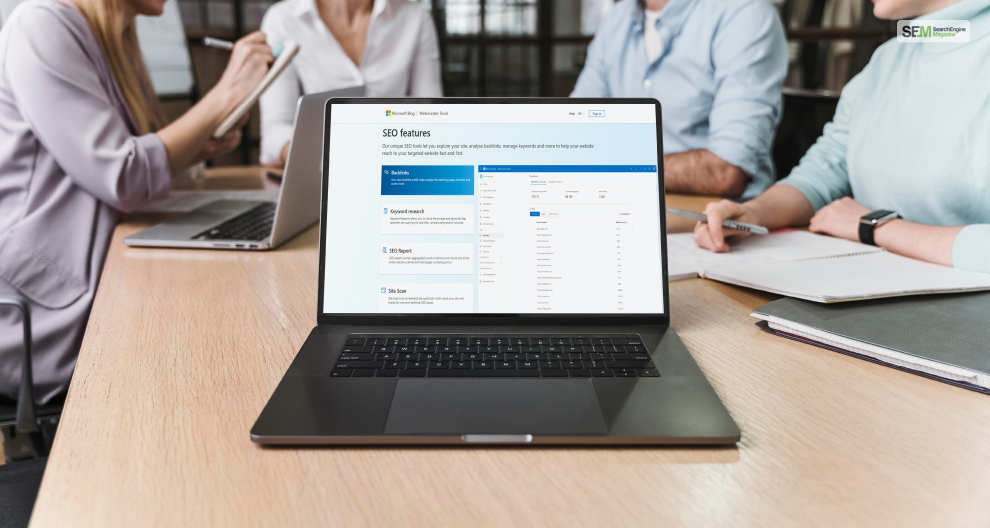
This similar tool from Bing helps you monitor and optimize your site’s performance in Bing search.
You can use it to find broken links to your site by checking the Crawl Information report under the Reports & Data section. This report shows you the pages on your site with errors or warnings, such as 404 or 301.
Moreover, you can also check the Inbound Links report under the same section. This section shows you the external links to your site and the pages they link to.
Additionally, you can filter the report by Broken Links to see the broken links to your site.
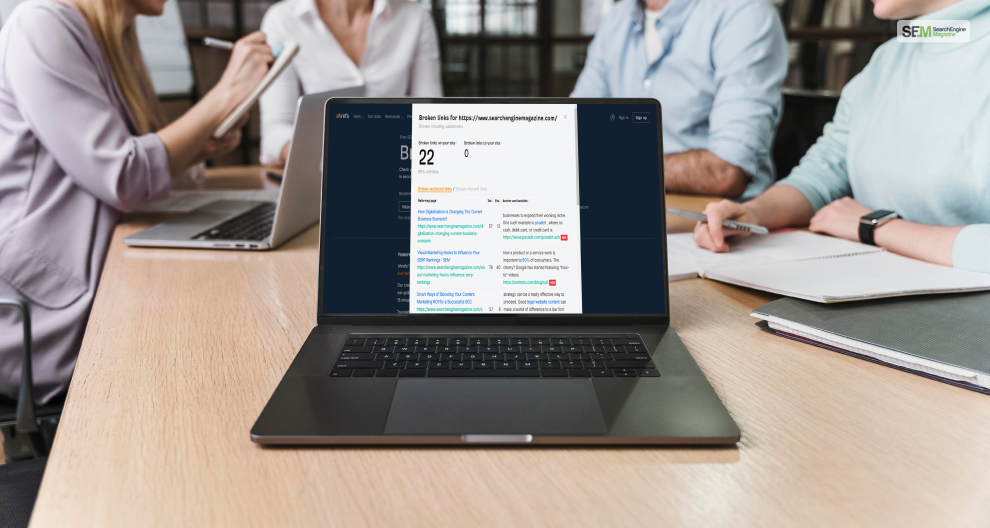
This paid tool helps you analyze and improve your site’s SEO. You can use it to find broken links to your site by checking the Broken Backlinks report under the Site Explorer section.
This report shows you broken external links to your site, the linking page, anchor text, and HTTP status code.
Moreover, you can also check the Lost Backlinks report under the same section. This section shows you the external links that have been removed or changed in the past 90 days. In addition, you also get to learn about the linking page, the anchor text, and the date of loss.
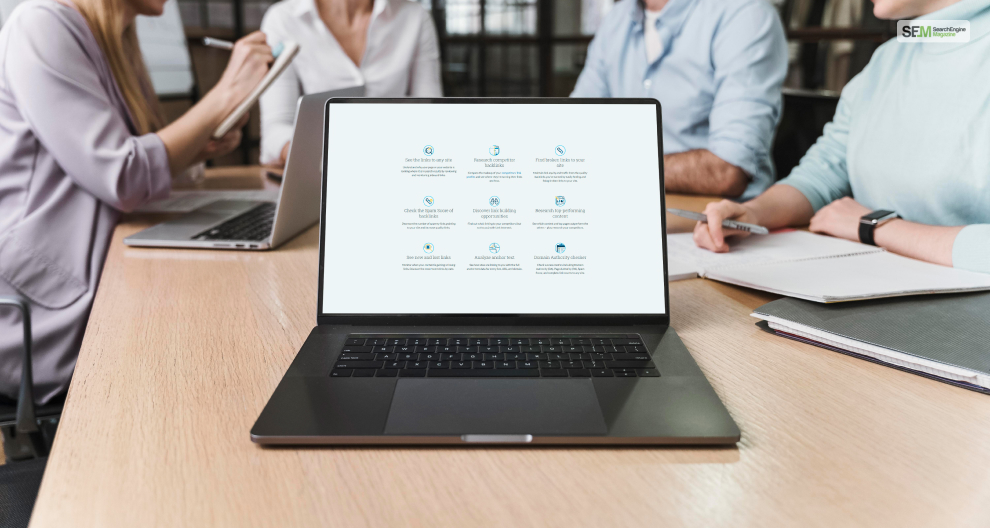
This paid tool helps you analyze and improve your site’s SEO. You can use it to find broken links to your site by checking the Lost & Found report under the Link Explorer section.
This report shows you the external links to your site that have been lost or found in the past 60 days.
Additionally, it also shows the linking page, the anchor text, and the date of loss or discovery. Moreover, you can filter the report using the Lost option to see the lost links to your site.
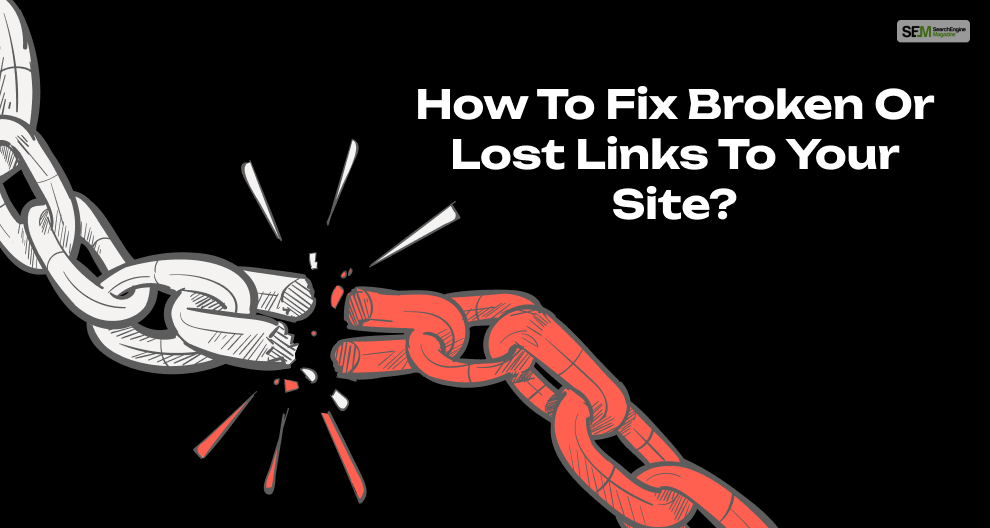
Once you have identified the broken or lost links to your site, you can take the following steps to fix them and regain the link value:
If the page that the link points to has been deleted or moved to a different URL, you can restore the page to its original URL or redirect it to a relevant page on your site.
This way, you can preserve the link juice and the user experience. However, this may not be possible or desirable in some cases, such as when the page is outdated, irrelevant, or duplicated.
If the link to your site has been removed or changed by the webmaster or editor of the linking site, you can contact them and ask them to restore the link or update it to a relevant page on your site.
You can use a polite and friendly email template explaining the link’s value and the benefits for both parties.
However, this may be challenging and successful in some cases, such as when the web admin is unresponsive, unwilling, or unreachable.
If a competitor or spammy link has replaced the link to your site, you can replace the link with your link or a better link.
You can use a tool like Link Miner or Check My Links to find broken links on other sites in your niche and offer them your link as a replacement.
You can also use a tool like BuzzSumo or Ahrefs Content Explorer to find popular and relevant content in your niche and offer them your link as an additional resource.
This way, you can reclaim the link value and build new relationships and opportunities.
If the link to your site has been affected by a technical issue, such as a server error, a redirect loop, or a crawl error, you can try to fix the problem and ensure the link works properly.
You can use link reclamation tools like Screaming Frog or Sitebulb to crawl your site and identify any technical issues that may affect your links.
You can also use tools like Redirect Path or HTTP Status to check any link’s HTTP status code and redirect chain.
This way, you can ensure that the link juice and the user experience are not compromised.
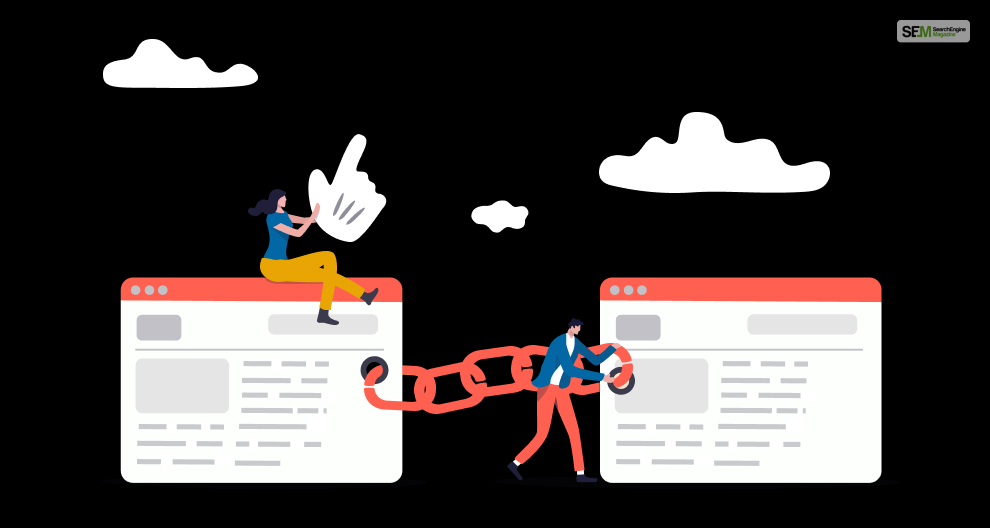
Link reclamation is one of many ways to improve your site’s link profile. You must also build new, high-quality links that can boost your site’s authority, relevance, and popularity.
Here are some tips on how to build a strong link profile in 2024:
Content is the foundation of any link-building strategy. You need to create helpful, informative, engaging, and original content.
Your content should provide value to your audience and solve their problems or answer their questions.
You should also optimize your content for your target keywords and user intent. Therefore, use tools like Answer The Public or AlsoAsked to find out what your audience is searching for and create content around those topics.
Additionally, use tools like Grammarly or Hemingway to improve your writing quality and readability.
Creating great content is not enough. You must also promote your content and reach out to potential linkers.
Therefore, use tools like Mailchimp or Sendinblue to create and send email campaigns to your subscribers and contacts.
Additionally, you can also use tools like Buffer or Hootsuite to share your content on social media platforms and generate buzz and engagement.
Moreover, you can also use tools like HARO or SourceBottle to find journalists and bloggers looking for sources and experts in your niche and offer them your content as a reference or a quote.
Link building is not a one-time transaction but a long-term relationship. You need to build trust and rapport with your link prospects and influencers.
Therefore, use tools like Hunter or Voila Norbert to find and verify your prospects’ email addresses. In addition, use tools like BuzzStream or Pitchbox to manage and track your outreach campaigns and follow-ups.
Moreover, you can also use tools like LinkedIn or Twitter to connect and engage personally with your prospects and influencers.
You can also use tools like Feedly or Flipboard to keep up with your niche’s latest news and trends and share your insights and opinions.
Link building is not a one-size-fits-all strategy. You need to be creative and diverse in your link-building tactics and sources.
Therefore, use tools like Linkody or LinkResearchTools to analyze your competitors’ link profiles and determine their strengths and weaknesses.
Additionally, use tools like Majestic or SEMrush alternatives to discover new and untapped link opportunities in your niche.
Moreover, you can also use tools like Canva or Lumen5 to create and share visual and interactive content, such as infographics, videos, or quizzes, that can attract more links and attention.
Improving your site SEO using links in 2024 requires a combination of link building, link reclamation, and link optimization strategies. Here are some of the main points you should consider:
This is the process of acquiring new and high-quality links from other websites to your site. It can help you boost your site’s authority, relevance, and popularity in the eyes of search engines and users.
To build a strong link profile in 2024, you must create valuable content, promote your content, build relationships, and be creative and diverse in your link-building tactics and sources. You can use tools like Ahrefs, Moz, or Linkody to find and analyze link opportunities in your niche.
This is the process of finding and fixing broken or lost links that point to your site. It can help you recover lost traffic, improve your site’s authority, and boost your rankings.
To reclaim your lost link value, you must restore the page, contact the web admin, replace the link, or fix the technical issue. You can use tools like Google Search Console, Bing Webmaster Tools, or Ahrefs to find broken or lost links to your site.
This is the process of improving the quality and performance of your internal and external links. It can enhance the user experience, the site structure, and the ranking power of your pages.
To optimize your links in 2024, use descriptive and relevant anchor texts, HTTPS, and canonical URLs, avoid excessive and unnatural links, and monitor and test your links regularly.
You can use tools like Screaming Frog, Sitebulb, or Redirect Path to crawl and check your links.
Link reclamation is a vital SEO strategy that can help you regain lost link value and improve your site’s performance.
Finding and fixing broken or lost links to your site can recover lost traffic, improve your site’s authority, and boost your rankings.
You can use tools like Google Search Console, Bing Webmaster Tools, Ahrefs, or Moz to find broken or lost links to your site.
To fix broken or lost links to your site, you can use methods like restoring the page, contacting the webmaster, replacing the link, or repairing technical issues.
Link reclamation is not a one-time task but an ongoing process that requires regular monitoring and maintenance.
By keeping track of your links and fixing any issues as soon as possible, you can ensure that your site always gets the maximum link value and SEO benefit.
Also read
Mashum Mollah is the feature writer of SEM and an SEO Analyst at iDream Agency. Over the last 3 years, He has successfully developed and implemented online marketing, SEO, and conversion campaigns for 50+ businesses of all sizes. He is the co-founder of SMM.
View all Posts
How To Get Views On YouTube Shorts? Your Ul...
Jan 16, 2026
Ethereum Casino: Is This Online Gaming Platfo...
Jan 16, 2026
What Is A Key Benefit Of Display Campaign...
Jan 15, 2026
Liquidity, Security, And Accessibility: The C...
Jan 15, 2026
Swisscows: Is This Private Search Engine Wort...
Jan 15, 2026

